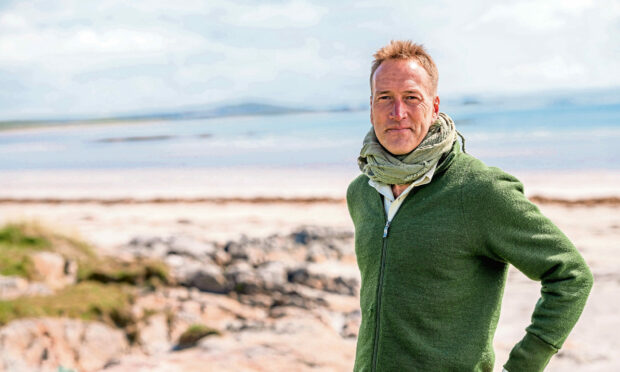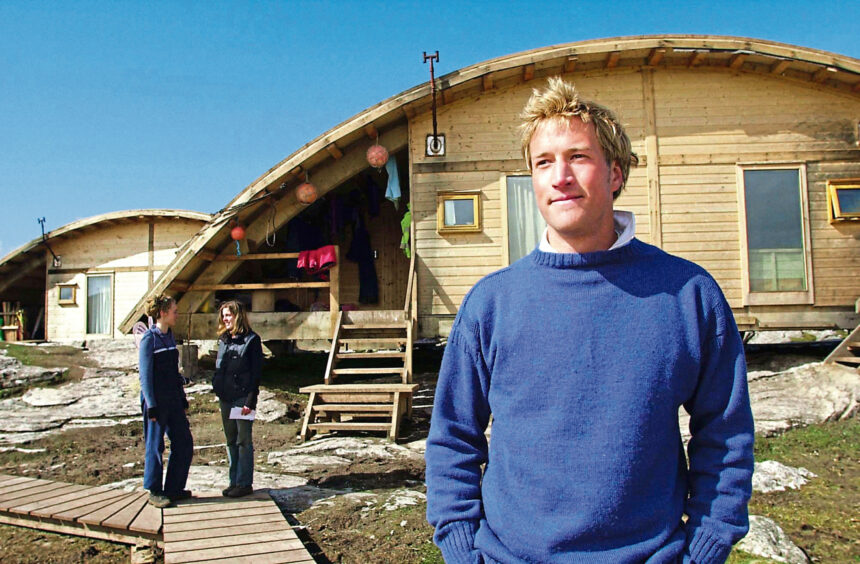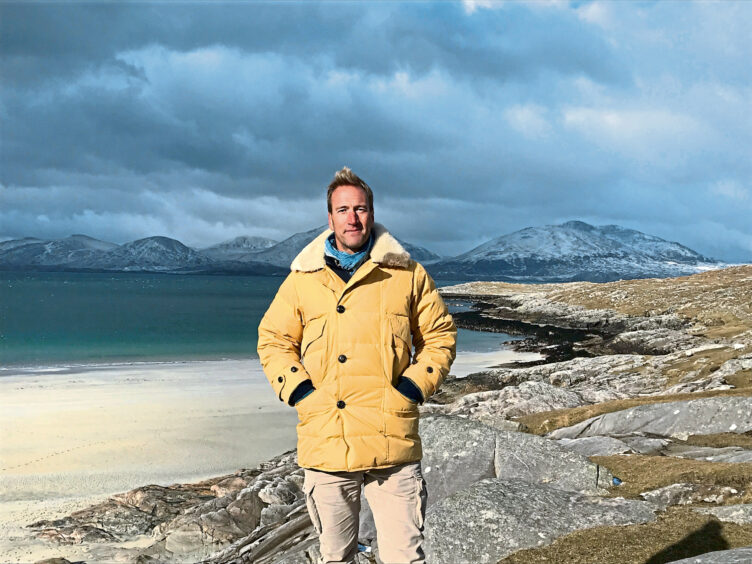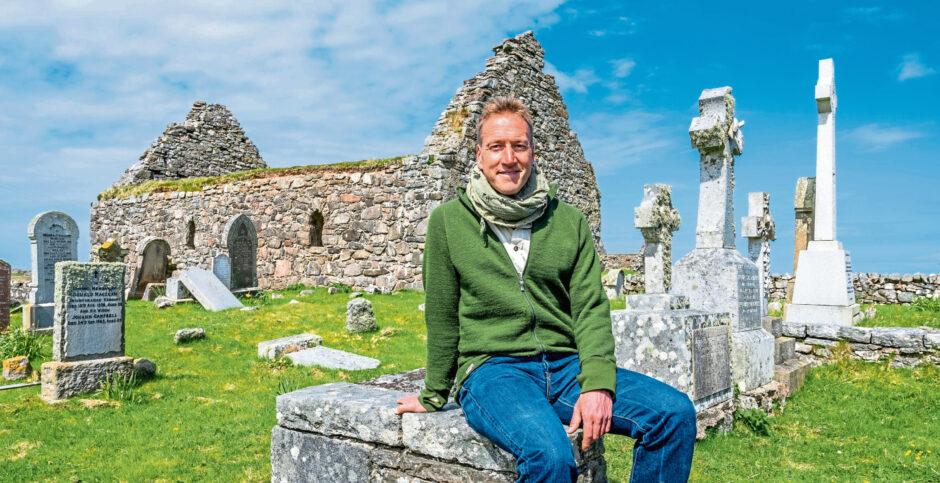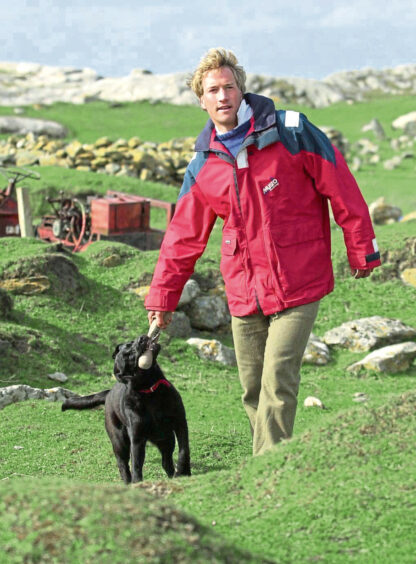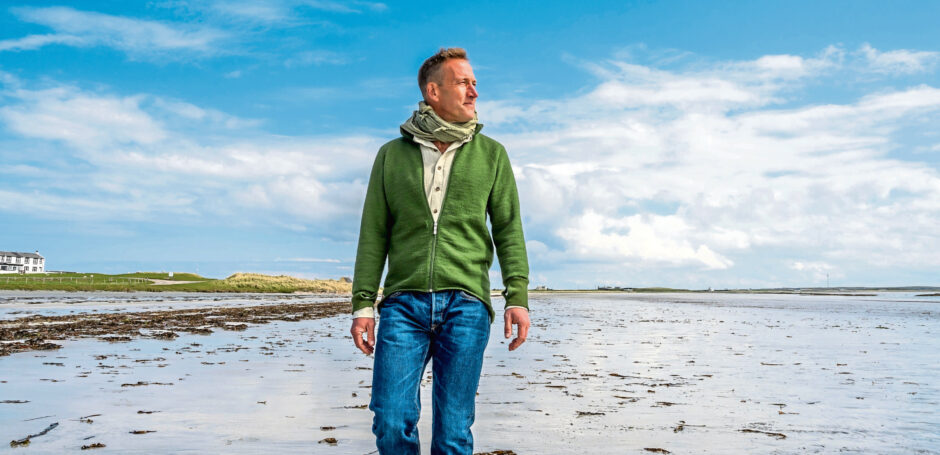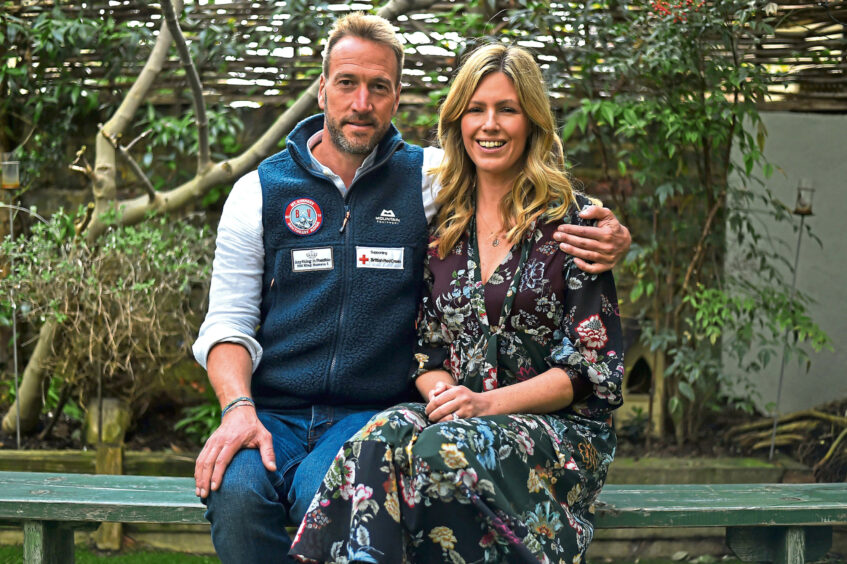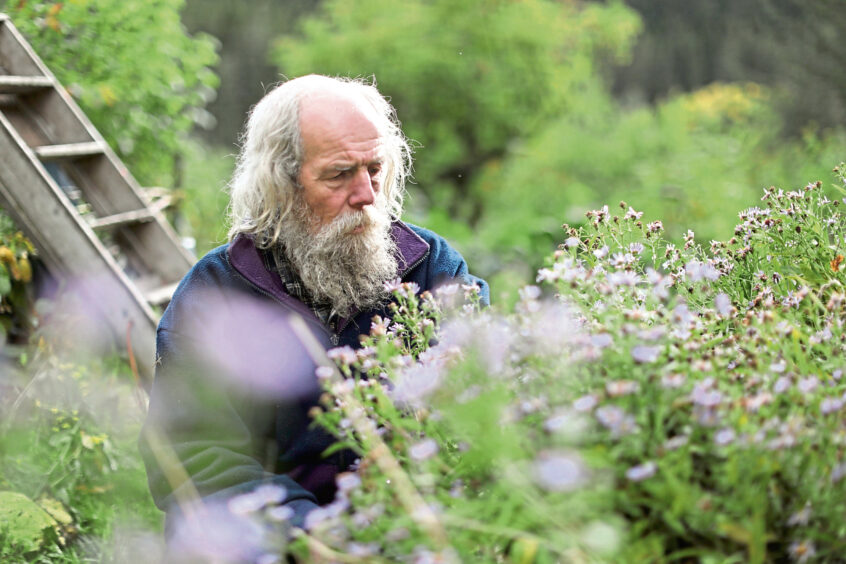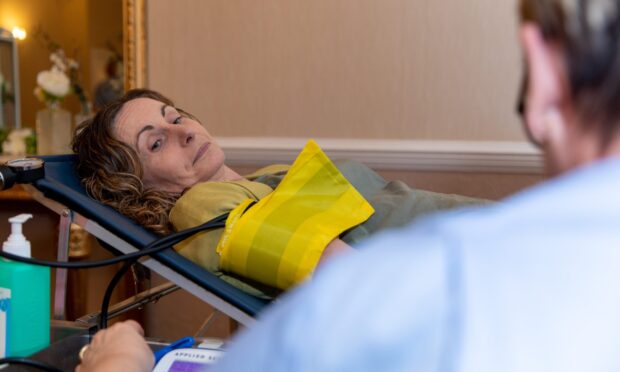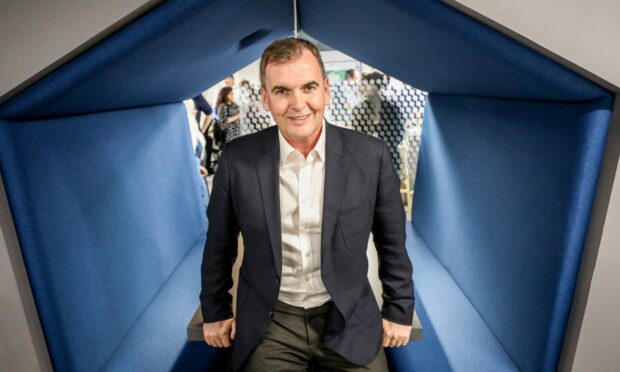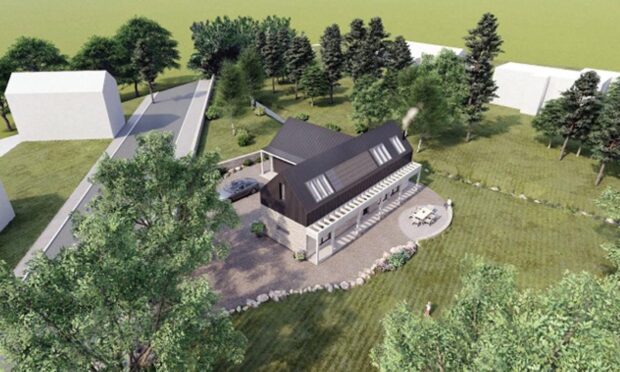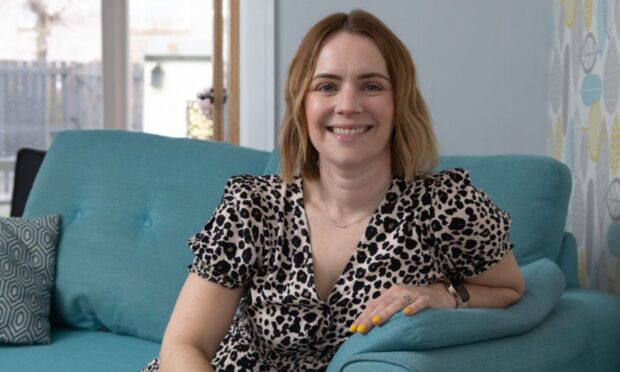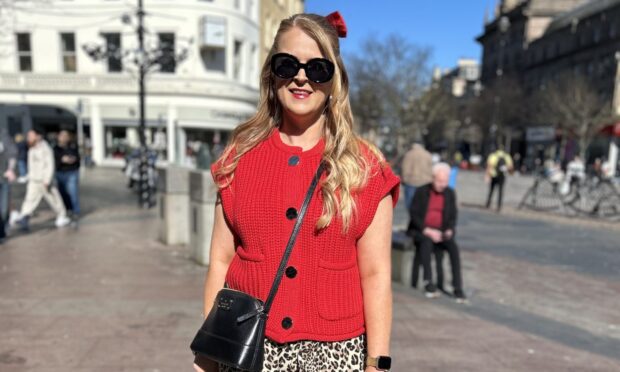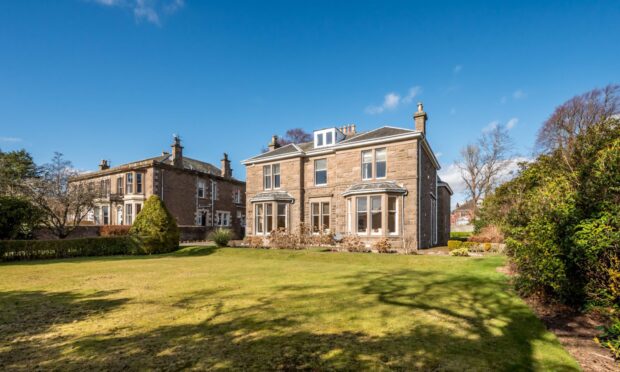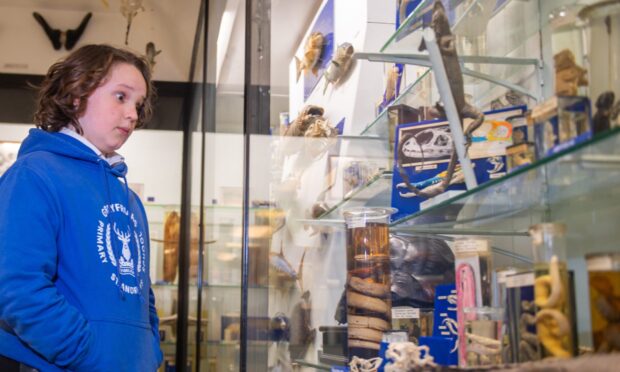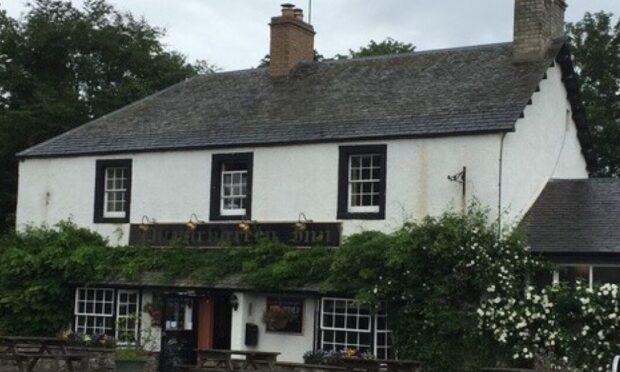In his latest TV series, Ben Fogle explores Scotland’s islands. Gayle Ritchie catches up with the adventurer.
The Hebridean island of Iona on an early summer’s evening is an enchanting place to be.
Alone, but for the distinctive rasping cry of a corncrake, Ben Fogle felt its magic wash over him, releasing a surge of emotions.
It was the first time the intrepid explorer had visited the island, and as the orange globe of the sun dipped below the horizon, he felt himself welling up.
“There’s something about being alone in a place like this,” he reflected. “It makes me quite teary. I don’t know why.”
Ben’s trip to Iona features in the first episode of his new series, Sacred Islands, which airs on BBC Scotland on Tuesday October 5.
From the Western and Northern Isles to the Inner Hebrides, he travels to 20 islands and explores why these are places of spirituality and sanctuary for him, and for the people who live there.
It’s no secret that Ben has an enduring love affair with Scotland.
The adventurer and broadcaster shot to fame in 2000 after spending a year marooned on the remote island of Taransay for BBC reality show Castaway 2000.
However, his passion for the islands was born way before that when, as a seven-year-old, he enjoyed a trip to Eigg.
The young Ben was mesmerised by the beauty of the landscape, the sense of space, the big seas and the wide skies.
“After Eigg, I visited some other islands but it was my year on Taransay that really changed my life, and changed my whole relationship with the Western Isles,” he reflects.
“I’ve always felt that there’s something magical about the sight of an island on the horizon.”
Ben, 47, was keen to make a series that “wasn’t just another celebrity travelogue”. Rather, he wanted Sacred Islands to have a strong sense of purpose and insight.
“Focusing on the spiritual, religious impact and power of the islands seemed a fascinating, considered way of meeting people, finding out what the islands mean to them, and understanding the history, community and power of each island,” he says.
“They’re uniquely different.”
I’ve always felt that there’s something magical about the sight of an island on the horizon.”
BEN FOGLE
It was here on the west coast of Scotland that Christian pilgrims first arrived, establishing a new faith more than a century before it took hold across the Scottish mainland.
The Irish monk St Columba landed on Iona in 563 AD and set about converting most of pagan Scotland to the Christian faith. That spiritual legacy remains an important part of these islands today.
Spiritual home
Ben describes Scotland’s islands as his “spiritual home”, despite being English and living in Buckinghamshire with his wife Marina and two children, Ludo and Iona.
What is it that draws him here time and time again?
“I don’t think you have to be born somewhere to feel you belong,” he muses.
“I’ve got Scottish ancestry — my grandfather was born in Scotland. He emigrated to Canada when he was young but we have lots of family in Scotland, so I’ve always felt a powerful draw even though I’ve never lived in Scotland for any period longer than a year.
“I’ve always felt a real sense of belonging and contentment, specifically when I get to the Western Isles, Harris and Lewis in particular, and I think the series is partly about exploring why that is.”
Reference is made to the islands as “thin places”, and Ben is fascinated by varying interpretations of this concept.
“For some, the ‘thin place’ means you’re closer to God; that there’s less space between heaven and Earth. For others, it means you’re more intricately connected to the landscape.
“That’s what I love about this series — the diversity of people and stories, from Muslims living on Harris who respect the Sabbatarianism, to Catholics, pagans and atheists.”
Personal pilgrimage
Ben describes his island mission as a “personal pilgrimage”, although not in a religious sense.
“I’ve spent my life as a nomad, going from one place to another, trying to find a place that I belong,” he observes.
“This was a spiritual pilgrimage. I was looking for something, although what it was I don’t necessarily know.
“I’m not religious in the classical sense of the word, but I do have a spiritual draw.
“On expeditions on Mount Everest, I’ve felt a presence. I’m not necessarily talking about a god or another person, but certainly something, and I think we humans need to have something when the chips are down. When things are going wrong, we need something to believe in, to be hopeful for.
“An island can be a mirror to what we want it to be. So if you go there looking for a sense of therapy and healing, that’s often what you’ll find.”
Colourful characters
Among the fascinating characters Ben encounters is Julie Clark, a transgender woman living on Coll.
She tells Ben how she left Glasgow to escape a difficult upbringing, transitioning to a woman in the process.
“The island, the community and the spirituality gave her the confidence to find her true identity,” he reflects.
“I find that really empowering. When so many of us are struggling to find our own places in the world, she was able to do that on an island that many people might think would be conservative. In fact, she found a liberal community.”
Ben also meets Perthshire-based willow-weaver Jane Wilkinson and the pair paddle across the sea from Iona in coracles. These “skin-on-frame” boats were, along with dug-out canoes, the earliest boats ever constructed, dating back to Neolithic times.
“In their mission to spread Christianity, Celtic saints crossed treacherous waters in search of unknown lands in coracles,” says Ben. “I wanted a sense of what these incredible journeys might have been like.
“It was nice to get Jane’s perspective on Iona and the powerful draw it’s had for hundreds of years.”
Indeed, Iona has a special place in Ben’s heart — he named his daughter after it, despite never having previously visited, and dreamed of going there for many years.
It was on Iona, while staying in a remote shepherd’s hut, that Ben experienced a particularly soul-stirring moment.
“The sun was going down, there was a powerful sense of something else there. I was moved to tears there,” he smiles.
“I wanted to have a powerful spiritual, emotional experience there and I certainly got it.”
He had another “moment” on Lunga, where he felt completely overwhelmed.
“There’s a pure freedom that can come with living in such a remote place,” he says. “It’s like a mini lost world. It has this kind of ancient, ethereal feel to it.
“It’s seemingly deserted but there’s so much birdlife. It was as close as I’ve ever come to ‘nature’s church’.”
Another highlight was meeting Gloria MacKillop on Berneray, an islander who, along with her late husband, taught Prince Charles, the Duke of Rothesay, about crofting.
The duke stayed with the couple many times and was put to work picking potatoes, looking after sheep and planting trees.
“Gloria is an Australian who fell in love with a local and moved to Berneray,” explains Ben.
“She had an amazing story of Charles and Diana visiting Berneray on their honeymoon. Apparently Charles was so taken by the community that he asked if he could return anonymously and spend a couple of weeks living there as a crofter.
“Unbeknownst to anyone but the local community, he came and lived with her, sleeping in a single bed upstairs, doing everything that they did. I thought it spoke very highly of Charles, whatever your thoughts are on the monarchy.
“I liked the fact he wanted to spend time with crofters to understand what crofting life was like. He wanted to spend time with a small island community away from the fanfare of cameras. No one knew about it until it was all over. He lived with Gloria and they’ve remained friends since.”
‘Truly the most beautiful place’
The trip to Berneray also led Ben to discover his new most favourite place on Earth — West Beach.
“I truly think it’s the most beautiful place I’ve ever been on the planet!” he declares.
Is it not a risky business telling me that, I wonder? Because everyone who reads this might want to flock there?
Ben isn’t too worried: “The number of people that want to go there will always be restricted by access. That’s the beauty of the islands.
“By the nature of their isolation, you really need to be dedicated to reach them. I hope they’ll never become Venice, Bath or Edinburgh.”
Return to Taransay
Returning to Taransay, the island that launched Ben’s TV career, was another eye-opening experience. He’d spent his honeymoon there with his wife in 2006 but when he visited for Sacred Islands, he discovered a lot had changed.
“It’s a very different island now,” he laments. “There’s no reminder of our time there. All the buildings, wind turbines and hydro electric have gone.
“It’s almost like our year has been erased, which I understand, but it is also a little bit sad when you see that, especially now that some of my fellow Castaways have passed away.”
For Ben, it’s always been about the people he meets, whether via Sacred Island, New Lives in the Wild or his Inside Chernobyl documentary.
“I’ve always seen people as the priority — the shows aren’t really about me,” he remarks.
“I just happen to be the lucky one who gets to meet them. I’m there as the storyteller and the person that asks the questions.
“I hope people who watch the show will make their own conclusions, maybe have their own epiphany or go on their own pilgrimage vicariously through my encounters with different people. Maybe they’ll have a connection.”
Chill-out time for Ben is, in his own words, “a sort of busman’s holiday… exploring Hebridean islands with my family”.
And that is why he returns to Scotland; it’s as much his playground as it is his hideout zone.
“For us, walking in the hills, walking on islands, swimming… That’s what we do as a family.”
Despite his exotic travels and derring-do adventures (he’s rowed the Atlantic, swum with crocodiles, crossed Antarctica on foot, run across the Sahara, competed in a 24-hour race in the Utah desert, and much, much more), Ben describes Scotland as “the most beautiful place on Earth”.
I hope people who watch the show will make their own conclusions, maybe have their own epiphany or go on their own pilgrimage vicariously through my encounters with different people.”
Would he consider moving here?
“I would love to one day,” he says, enthusiastically. “But I don’t think it’s going to happen now. We’ve got too many roots down in England. But I’d like to think that yes, one day.”
Any big unfulfilled ambitions? Ben doesn’t have a bucket list but right now, he’s champing at the bit to travel overseas.
“I’d love to get New Lives in the Wild back into international space,” he says.
“And it would be lovely to do another series of Sacred Islands, either visiting more Scottish ones, or maybe some Welsh or Irish islands.”
Of course, New Lives in the Wild, in which Ben meets folk who have given up on the rat race, has unearthed some memorable stories — and colourful characters — over the years.
Who could forget forest-dwelling Aberdeenshire hermit Jake Williams?
Since featuring on the series in January, the 71-year-old, who’s lived off-grid in Clashindarroch Forest for more than 30 years, has been inundated with enquiries from people keen to stay in his tiny 60s “treehouse” caravan.
“I’ve always been drawn to eccentricity, to different folk,” says Ben.
“To be able to travel and meet all sorts of unique characters living in incredible and unusual places is a real privilege.”
- Scotland’s Sacred Islands with Ben Fogle debuts on BBC Scotland on Tuesday October 5, followed by BBC One on Sunday October 10. The four-part series is a Tern TV production.
